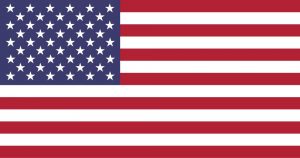Understanding the Intricacies of Phone Numbers in China, The United States, and the Topic of Fake Phone Numbers
As we live in a globally interconnected world, understanding the intricacies of phone numbers becomes vital. In this article, we delve into the specifics of phone numbers in China, the United States, and the concept of fake phone numbers.In the United States, telephone numbers are systematically structured, consisting of ten digits. The first three digits represent the area code, followed by a three-digit central office code, and finally a four-digit station number. The format generally follows the pattern: (NPA) NXX-XXXX.On the other hand, phone numbers in China have a length of between 11 to 12 digits for mobile and landline numbers, including the country code. The country code for China is +86. In cities, landlines usually consist of an area code (2–3 digits), and then a number (7–8 digits). Mobile numbers are rather easier, they start with 1, followed by a 3 (for cellular services), or 6 (for something like a Skype-like VOIP service), and another digit to designate the carrier – followed by the remaining digits.Fake phone numbers, in contrast, do not belong to real people or businesses; instead, they are randomly generated digits or numbers that redirect to specific voicemails. These numbers have various uses, particularly in protecting privacy. For instance, they can be used while conducting online transactions to shield your real phone number from potential fraudsters.In conclusion, understanding the structure of phone numbers in different countries helps comprehend the complexity of their telecommunications system. Similarly, being informed about fake phone numbers can help protect personal details from potential misuse.
